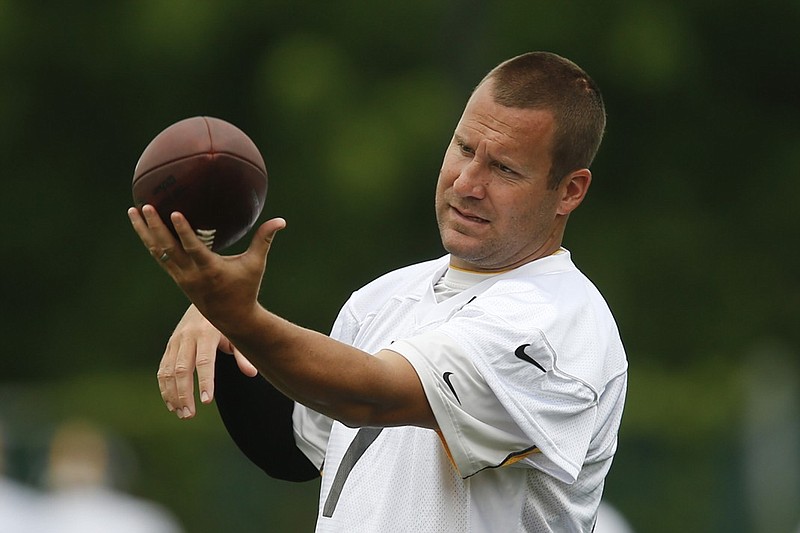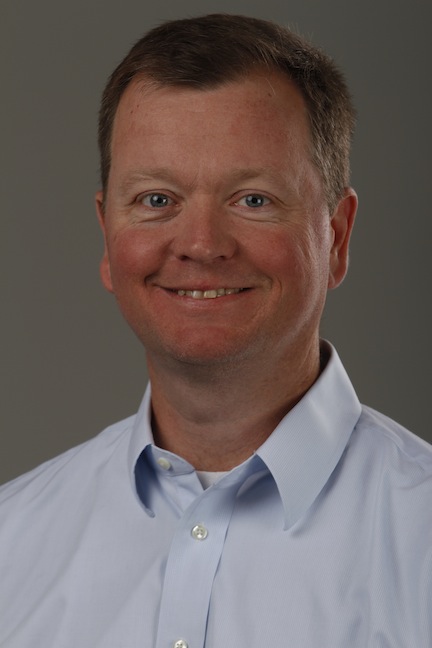Pittsburgh Steelers quarterback Ben Roethlisbgerger made headlines this week by saying he hopes his team goes for two points after every touchdown this season.
Right now that seems like a radical idea. Within a decade, it very well could be the status quo. In fact, come the 2026 NFL season, don't you believe fans are going to laugh at the thought of being wary of the two-point conversion and the fact that Andy Reid pulled a sweaty red hanky from his sock to challenge a call?
Some have taken Roethlisberger's suggestion too literally, asking if a last-second touchdown that tied a game would cause a team to still go for two. The proper place would be to flip the two-point try and the standard kicked PAT, meaning the default position would be to go for two; the kick would be used only when math and extreme situations dictate.
Granted, this is an unintended outcome from the league's nonsensical change of moving the extra-point kick back to a 35-yard attempt rather than a 20-yarder.
It's also 100 percent hypocritical for a league that is preaching a safer game, because the future likely is going to entice extra meaningful snaps - some of which will be ultimate do-or-lose moments that raise the competitive stakes - on a play that used to be an afterthought.
It was easy to hate NFL commissioner Roger Goodell's extra-point change primarily because it was an Ali-level rope-a-dope distraction used during the height of the NFL's scrutiny for its callous and awful handling of its domestic violence situations. But the change happened in time for last season, and in today's analytical world of sports, the new math has even made that change more dramatic.
From Pro Football Talk: "For the 2015 season as a whole, kickers made 1,146 extra points on 1,217 attempts, a 94.2 percent success rate. That's far worse than last year, when kickers went 1,222-for-1,230, or 99.3 percent."
In true efficiency stats, now teams only have to convert two-point attempts at a 47.2 percent clip to be better served than the league average of kicking extra points. Last year the league's teams made 45 of 94 (47.9 percent) of their two-point attempts.
That means every team should be exploring Roethlisberger's suggestion, and the league and its desire to keep eyeballs should embrace that trend.
Right now the single slowest part of an NFL game is a touchdown (followed by review), commercial, PAT, commercial, kickoff, commercial. If you add an expected, must-have two-point play, then the intrigue is greatly increased in the slowest part of the viewing experience.
For the teams, there's the statistical edge of preparation.
The modern NFL is a track meet between the 20-yard lines because teams have embraced the bend-but-don't break defensive schemes. So getting proficient at converting 3-yard plays is of extreme benefit, be it for two-point tries, third down or in the scoring zones.
Now say you're a team like the Steelers with a big, mobile quarterback, one of the three best wide receivers in the league and one of the three best running backs. You practice five or six two-point plays every day and get to the point where you are supremely confident. (Last season, Pittsburgh led the NFL in two-point attempts with 11 and conversions with eight.)
So you feel strongly about converting way more than 50 percent of your two-point tries. If you score first and get the two, you are now directing the flow of the football game into an area in which you feel you have a big advantage.
That could force teams far less comfortable going for two into trying to keep up with something you prefer to do.
And isn't dictating the flow and the style of play a mark of great coaching and play-calling?
Yes - no matter what the sheet and conventional wisdom says.
Remember, conventional wisdom once told us the world was flat.
Contact staff writer Jay Greeson at jgreeson@timesfreepress.com. Follow him on Twitter @jgreesontfp.

